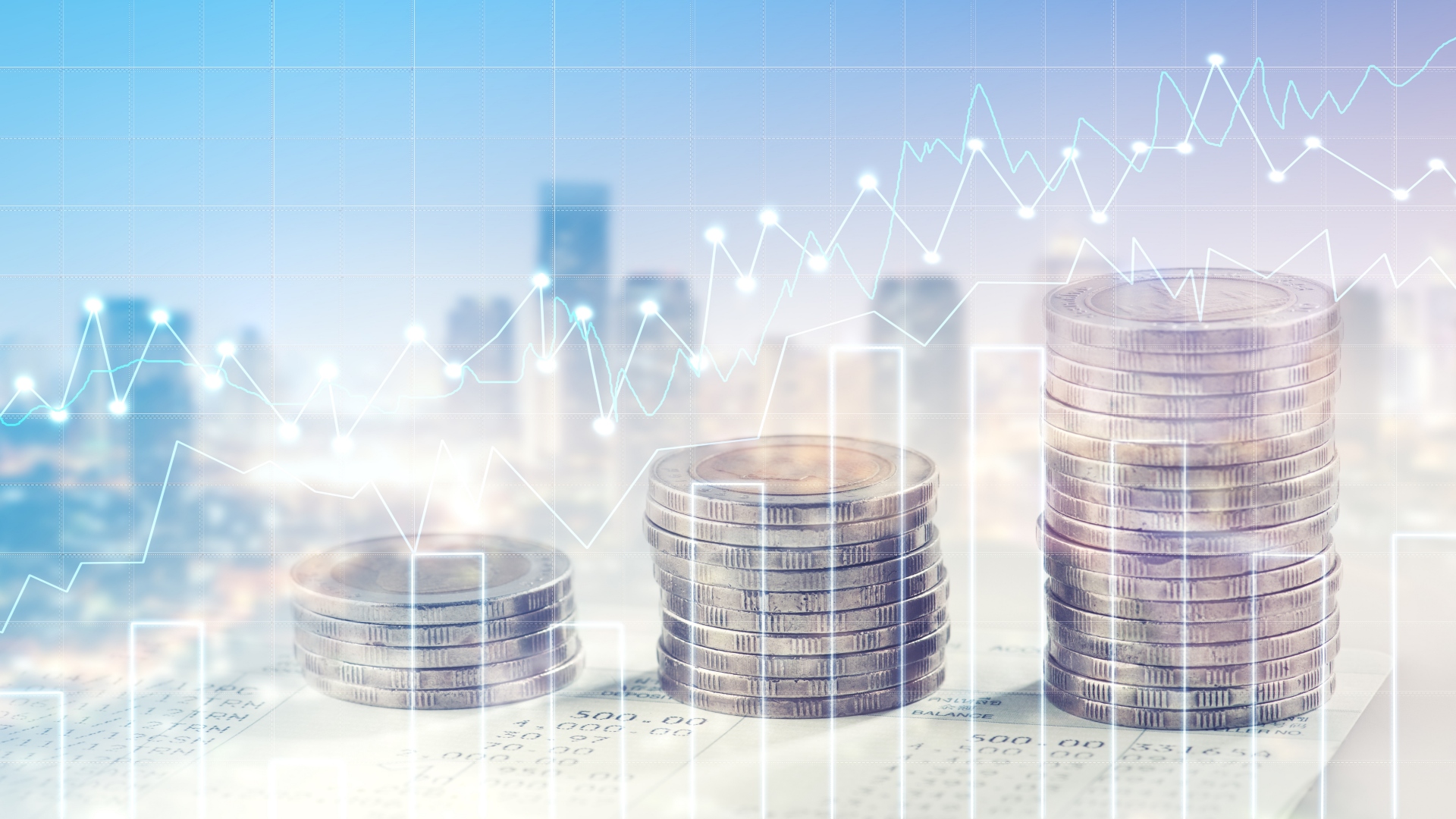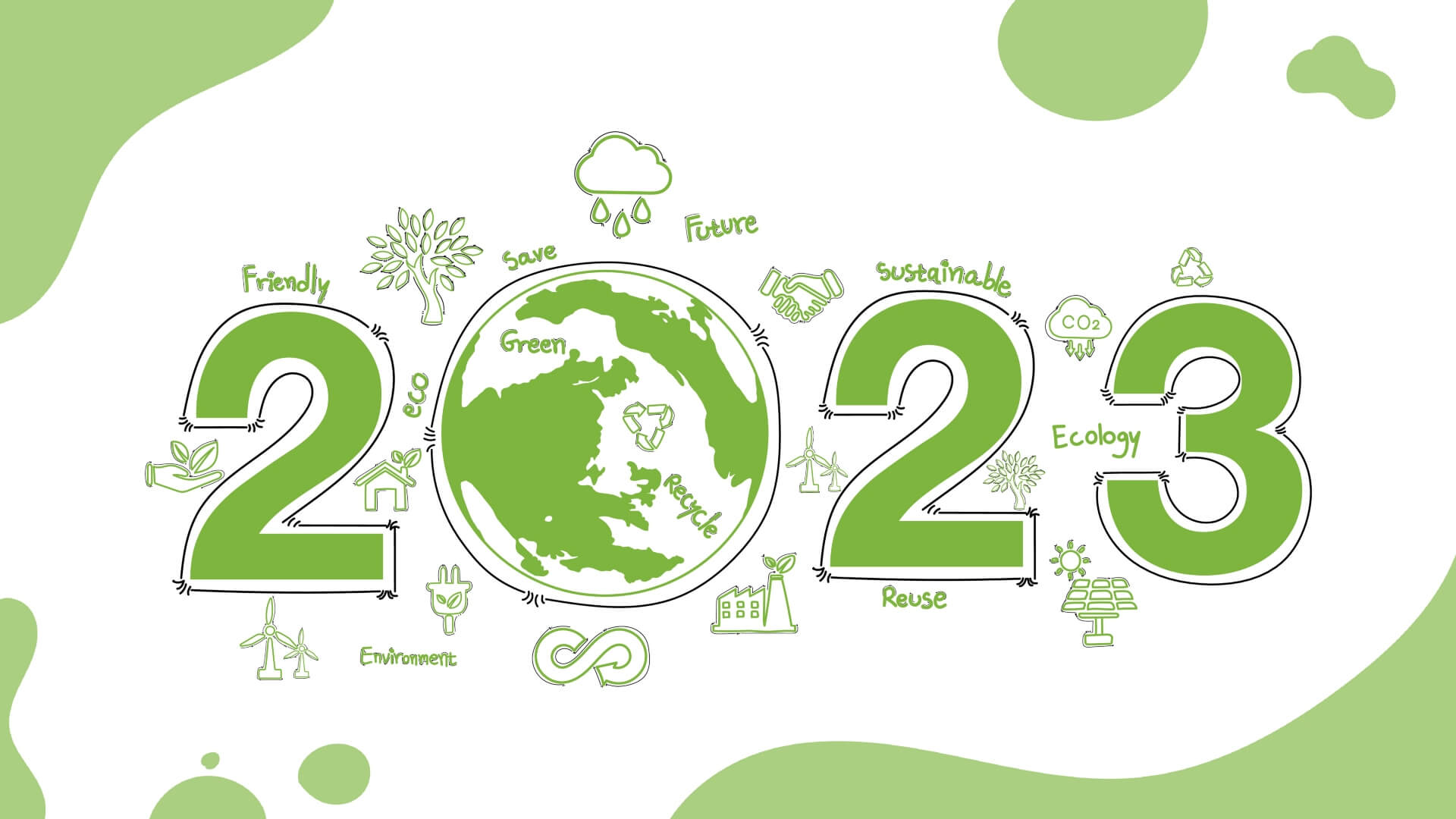Inequality is multifaceted, with several different perspectives from which it can be examined. According to Kavan Choksi, one of the most commonly used metrics is Income Inequality, which considers income distribution throughout a population. However, several related concepts are equally important in understanding the nature of inequality.
For example, Lifetime Inequality looks at how income inequality affects individuals over their lifetimes, while Inequality of Wealth examines the distribution of wealth across families or individuals at a particular moment in time. Understanding the impact of factors beyond an individual’s control, such as family background, gender, or ethnicity, is another important consideration known as Inequality of Opportunity. Government policymakers can better understand the causes and consequences of inequality and determine the best policies to address it by exploring these different concepts of inequality.
Defining Economic Inequality
Economic inequality is a persistent issue affecting many societies worldwide. It refers to a vast gap in wealth and income between individuals, where some people have considerably more assets and financial resources than others. The disparity in economic opportunities has far-reaching implications, including a lack of social mobility and suppressed economic growth.
In highly unequal societies, limited access to education and employment, entrenched social hierarchies, and ineffective economic policies often perpetuate the wealth gap. It is imperative to establish policies that address the root cause of this issue and promote a more equitable distribution of resources to mitigate the effects.
Economic inequality can have far-reaching effects on numerous aspects of society. One clear consequence is the potential to fuel democratic backsliding, as those who feel left behind by the system become more likely to turn to extremist political groups. Economic inequality can drive migration as individuals seek better opportunities and prospects elsewhere. It also hampers economic growth, as those prevented from accessing resources and opportunities cannot contribute as effectively to the workforce and economy. Finally, economic inequality can exacerbate health crises, as those who cannot afford healthcare or nutritious food are more vulnerable to disease and illness. Given these serious consequences, reducing economic inequality should be a top priority for policymakers and institutions worldwide.
Drivers of Rising Inequality
Digital technologies have been a driving force behind transformative technological change, reshaping various sectors of economies worldwide. However, this progress has not come without its drawbacks, as it has the potential to increase inequality in societies.
Kavan notes one way this can happen is through a more unequal distribution of labor income, with wage inequality rising. This shift is happening as technology directs demand away from routine, low-to-middle-level skills and towards new, higher-level skills. Another way the inequality gap widens is through the shift of income from labor to capital, which becomes increasingly automation-driven, with wages detached from firm profitability. The unequal distribution of capital income is the third channel through which inequality rises. As dominant firms enjoy greater market power in increasingly concentrated markets, there is a growing trend toward winner-takes-all models. These trends are more prominent in advanced economies but could extend to developing countries as technologies favoring capital and higher-level skills take hold globally.
Over the past few decades, globalization has accelerated the pace and scope of international trade and offshoring. While it has undoubtedly brought benefits, the process has also exacerbated economic inequality within various countries, particularly in advanced economies. One of the most significant effects has been the displacement of lower-skilled workers in the trade sector, as more work is being shipped overseas. This impact reaches beyond just traditional manufacturing sectors, as digital globalization has enabled the delivery of services across borders, threatening jobs in a broader range of industries.
In emerging economies, technology rapidly transforms how international trade impacts national inequality. With the emergence of new advanced technologies, global value chains and manufacturing are shifting toward higher capital and skill intensity, eroding the traditional incentives for these economies to specialize in labor-intensive, low-tech industries. As a result, leaders of manufacturing firms in these countries are adopting technological advancements to compete in international markets, thereby reducing the potential for employment generation and wage growth for less-skilled workers. The result is a diminished demand for the more abundant factor endowment in these economies, limiting the potential for international trade to reduce inequality by boosting demand for less-skilled workers.
The Vital Role of Public Policy in Bridging the Gap of Inequality in Economies
The rise of inequality has been a common force of change, but it has not been equal across all countries. Countries’ varying institutional and policy settings have responded differently to this issue. Unfortunately, looking at the trend among countries, it is clear that public policy has been somewhat slow in addressing these challenges. Kavan points out it is particularly true when we consider the crucial role of government in promoting more inclusive economic outcomes. While many view public policy as just about taxes and transfers, it is important to realize that a much broader policy agenda is often overlooked. This re-distribution agenda aims to create more inclusive growth from the outset by ensuring wider access to new opportunities for workers and firms.
The Bottom Line
The world evolves each day, and economies must adapt to thrive. It requires a holistic approach to reform that includes a wide range of policies and frameworks. One crucial area that must be addressed is competition policy and regulatory frameworks, which play a key role in ensuring that markets remain competitive and inclusive in the digital age. It is important to foster innovation within ecosystems and implement technology policies that put innovation to work for broader groups of people. Kavan suggests digital infrastructure and literacy are essential in reducing the digital divide, while education and (re)training programs can help upskill and reskill workers. These complex and interconnected reform areas require fresh thinking and significant policy overhaul to ensure that economies remain resilient and equitable in constant change.



























